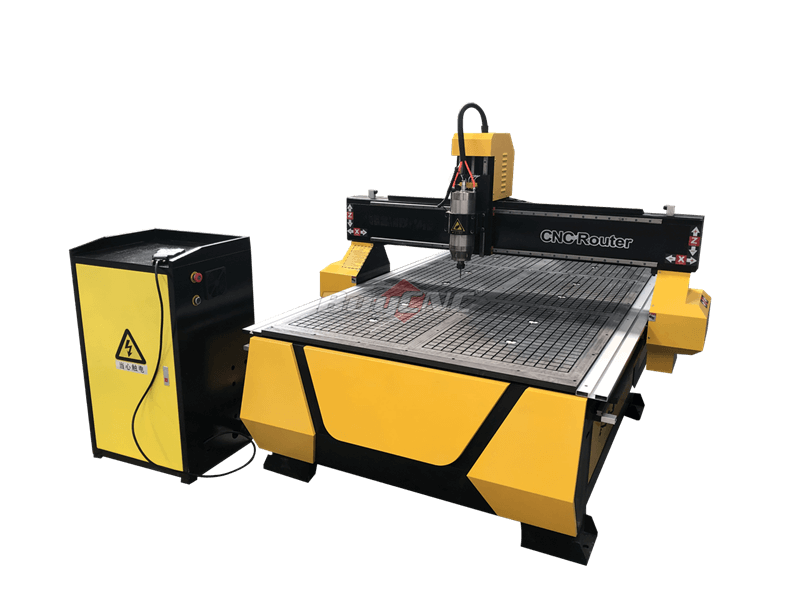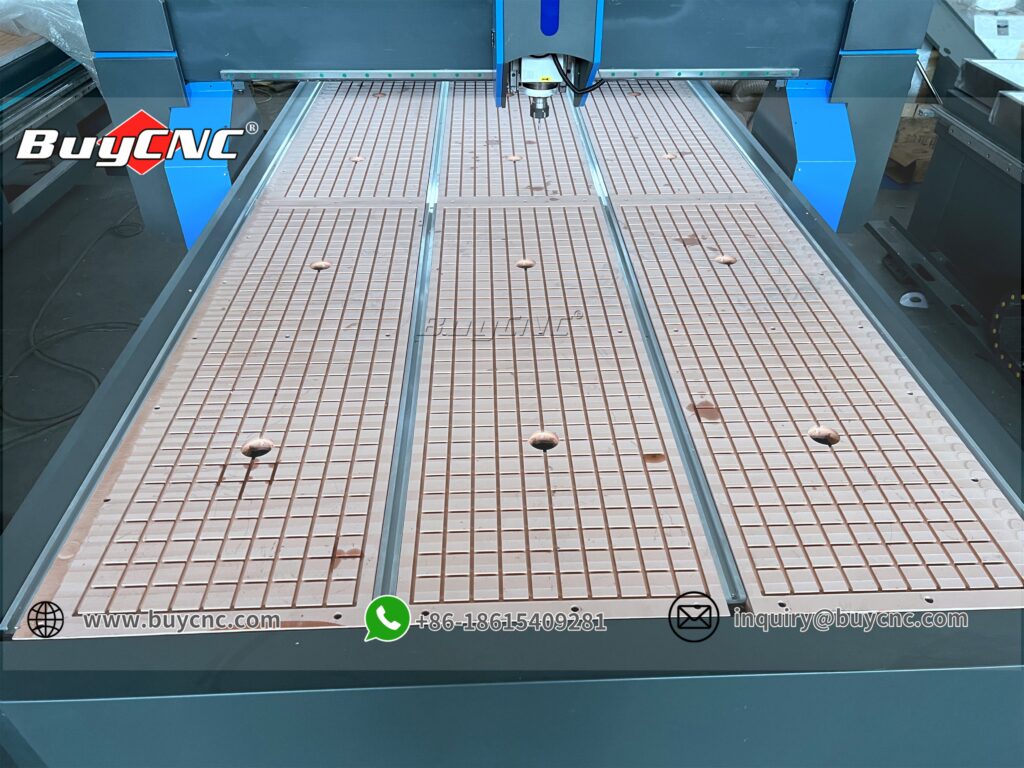Table of Contents
The advent of CNC (Computer Numerical Control) technology has significantly transformed the woodworking industry. Whether you are a professional craftsman, a small business owner, or a hobbyist, CNC woodworking machines have enabled unparalleled precision, efficiency, and versatility in the creation of wood-based products. These machines provide woodworkers with the ability to automate complex tasks, ensuring consistent results and higher productivity. In this blog post, we will explore everything you need to know about CNC woodworking machines, including their types, applications, benefits, and how they have changed the woodworking landscape.
What is a CNC Woodworking Machine?
1. CNC Routers
2. CNC Milling Machines
3. CNC Lathes
4. CNC Laser Cutters
5. CNC Plasma Cutters
Key Benefits of CNC Woodworking Machines
CNC woodworking machines have revolutionized the way woodworkers approach their craft. Below are some of the main benefits these machines offer:
1. Precision and Accuracy
CNC machines are known for their exceptional precision and accuracy. Once a design is programmed into the machine, it follows the instructions with pinpoint accuracy, ensuring that each cut and shape is identical, even in large quantities. This consistency is particularly important when producing high-quality woodworking products such as custom cabinetry, furniture, or architectural features.
2. Increased Efficiency and Speed
CNC woodworking machines significantly speed up the production process. What used to take hours or even days to accomplish manually can now be done in a fraction of the time. This boost in efficiency allows businesses to take on more projects and reduce lead times, ultimately increasing profitability.
3. Reduced Labor Costs
By automating many of the repetitive tasks in woodworking, CNC machines reduce the need for manual labor. Workers can focus on more complex tasks while the machine handles the more mundane and repetitive tasks. This results in reduced labor costs and frees up time for creativity and innovation.
4. Consistency and Quality
Unlike human operators, CNC machines do not get tired, so they can maintain a high level of consistency throughout a production run. The quality of the finished product remains the same, even when producing multiple pieces of the same item. This is crucial for businesses that need to maintain high-quality standards across all their products.
5. Flexibility and Versatility
A key feature of CNC woodworking machines is their versatility. They can handle a variety of materials, including various types of wood, MDF, plywood, and even plastics. Whether you’re creating a custom piece of furniture, intricate inlays, or large wood panels, CNC machines can adapt to different designs and production requirements.
Applications of CNC Woodworking Machines
CNC woodworking machines are employed in a wide array of industries and applications. Below are some of the most common ways they are used in the woodworking industry:
1. Furniture Manufacturing
CNC woodworking machines are extensively used in the production of custom and mass-produced furniture. These machines can cut, shape, and carve wooden components with extreme accuracy, making them ideal for creating everything from cabinet doors to intricate chair legs.
2. Cabinetry and Millwork
For cabinetry and millwork projects, CNC machines are essential for cutting, drilling, and milling wood panels, joints, and other components. CNC machines can create complex joinery such as dovetail joints, which are difficult and time-consuming to create by hand.
3. Sign Making
CNC routers and laser cutters are popular tools in the sign-making industry. These machines can cut intricate patterns, logos, and lettering with great precision, making them ideal for creating high-quality commercial and residential signs.
4. Prototyping and Custom Projects
CNC woodworking machines allow woodworkers to create prototypes for new products quickly. Whether you are developing new furniture designs or crafting custom pieces for clients, CNC machines help bring your vision to life with speed and accuracy.
5. Architectural Woodworking
CNC machines are also commonly used in architectural woodworking. They can cut intricate moldings, trims, and decorative panels, making them indispensable tools for both traditional and modern architecture projects.
6. Woodworking for Musical Instruments
CNC machines are used in the production of musical instruments like guitars, violins, and pianos. These machines provide the precision required to shape wooden components to exact specifications, ensuring the quality of the instrument’s sound.
Choosing the Right CNC Woodworking Machine
When selecting a CNC woodworking machine, there are several factors you need to consider to ensure that the machine will meet your specific needs. Below are some key considerations:
1. Size and Capacity
One of the first things to consider is the size of the CNC machine and its working area. The size of the machine will determine how large the wood pieces can be, so you need to ensure that it can accommodate the type of projects you plan to work on.
2. Spindle Power
The spindle’s power plays a critical role in the machine’s ability to cut through different materials. For hardwoods and thicker materials, you will need a machine with a more powerful spindle. Make sure to choose a spindle with adequate power to handle the materials and cuts you plan to use.
3. Software Compatibility
Most CNC machines come with proprietary software for programming and controlling the machine, but you need to make sure it is compatible with your preferred CAD/CAM software. Popular programs include VCarve, Fusion 360, and AutoCAD, among others.
4. User-Friendliness
If you are new to CNC woodworking, it’s important to choose a machine that is easy to operate. Some machines come with user-friendly interfaces, touchscreens, and pre-programmed settings that make them easier for beginners to use.
5. Support and Training
When investing in a CNC woodworking machine, it’s crucial to ensure that the manufacturer provides good customer support and training resources. This will help you get up to speed quickly and troubleshoot any issues that arise during operation.
Maintaining Your CNC Woodworking Machine
To keep your CNC machine running smoothly and extend its lifespan, regular maintenance is necessary. Some tips for maintaining your machine include:
1.Clean the machine regularly to remove dust, debris, and wood chips.
2.Lubricate moving parts to reduce wear and tear.
3.Check for any loose components to ensure the machine remains stable and accurate.
4.Update software regularly to ensure compatibility with new tools and processes.
5.Inspect the spindle for any signs of wear or damage, especially after heavy use.
Conclusion
CNC woodworking machines have completely changed the way woodworkers approach their craft, offering precision, speed, and versatility that was once unimaginable. These machines have not only improved the quality of woodworking projects but have also made the process more efficient, cost-effective, and scalable. Whether you’re manufacturing custom furniture, creating prototypes, or cutting intricate designs, CNC woodworking machines are the future of the industry. By understanding the different types of CNC machines, their benefits, and how to choose the right one for your needs, you can take your woodworking business to new heights.


